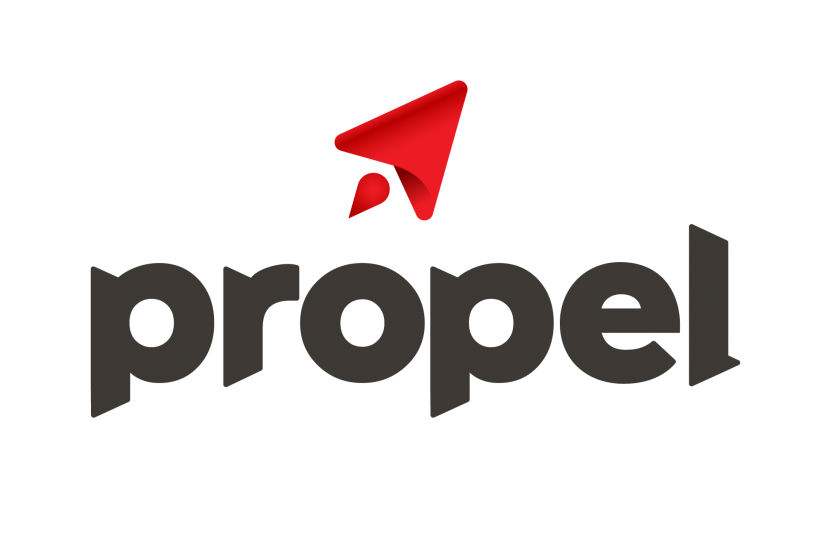Many in the packed house at the FullSail conference in Fredericton on Wednesday very quickly learned that their preconceptions about crowdfunding were mistaken.
The conference on crowdfunding, organized by the Financial and Consumer Services Commission, featured several experts in crowdfunding, people who have gone through the process at least once, and stripped away the myths about it being a route to easy money.
They were all advocates for the process, which raises money from a broad range of people on the internet. But they detailed the painstaking work that’s needed to mount a successful campaign on Kickstarter, Indiegogo or another site.
“The biggest misconception is that if you build it they will come,” said Peter McMath, the CEO of Fredericton-based Timbre Cases, which raised $31,547 on Kickstarter last year. “That’s just not going to happen.”
Here are the five main lessons that were highlighted by the speakers:
1. It’s hard work – The speakers spoke of the months of preparation and execution needed to conduct a successful campaign. It requires research, strategy, design and a massive commitment to community with your backers. And all that doesn’t even include the execution of your product.
Speakers described the countless hours they spent building up the community before their launch, and the exhausting days spent during their campaign.
“Reward-based crowdfunding, some people say it’s free money but it comes with a lot of energy attached,” said Justin Bailey of Fig.co, a crowdfunding platforms for games, who was livestreamed into the conference.
Added Ken Seto, CEO of Toronto-based game developer Massive Damage: “If you are planning a Kickstarter campaign, plan not to sleep for the first three days, just from the adrenalin.”
2. Research your peers – Seto, whose company raised $187,706 in its last campaign, detailed in particular the value of doing deep research before you start your campaign.
He advised researching several peers – if your company is unknown, research crowdfunding by other unknown companies in your sector. And Seto broke down the research to detail each tier of the funding – which is easily done as there is so much public information in a Kickstarter campaign. He examined how much was raised in each tier, and which tiers were the most profitable. And he dug down into which tiers promised to reward backers with a physical gift, and how much of the total that would cost. “You want to drive people to just a few tiers that will make the most money for you,” he said.
3. Don’t give away your profits – Seto and George Rohac, the CEO of Brooklyn, N.Y.-based advisory firm Breadpig, warned against structuring campaigns that promise too many physical rewards that have to be purchased, packaged and shipped. The goal is to raise money for the development of your company, and not to sell and ship T-shirts and posters. Rohac said the cost of buying and delivering a reward should not exceed 35 percent of the contribution, and preferably it should be about 20 percent.
4. Maintain ties to your backers – The people who contribute to a crowdfunding campaign have an interest in the progress of the company they’re backing. So keep them up to date. The speakers suggested emailing every few weeks to give them an honest appraisal of how the development is going. And if there are problems, tell them about it. “People like reading about the process,” said Seto. “They paid to see the internal workings of the company that funded.”










